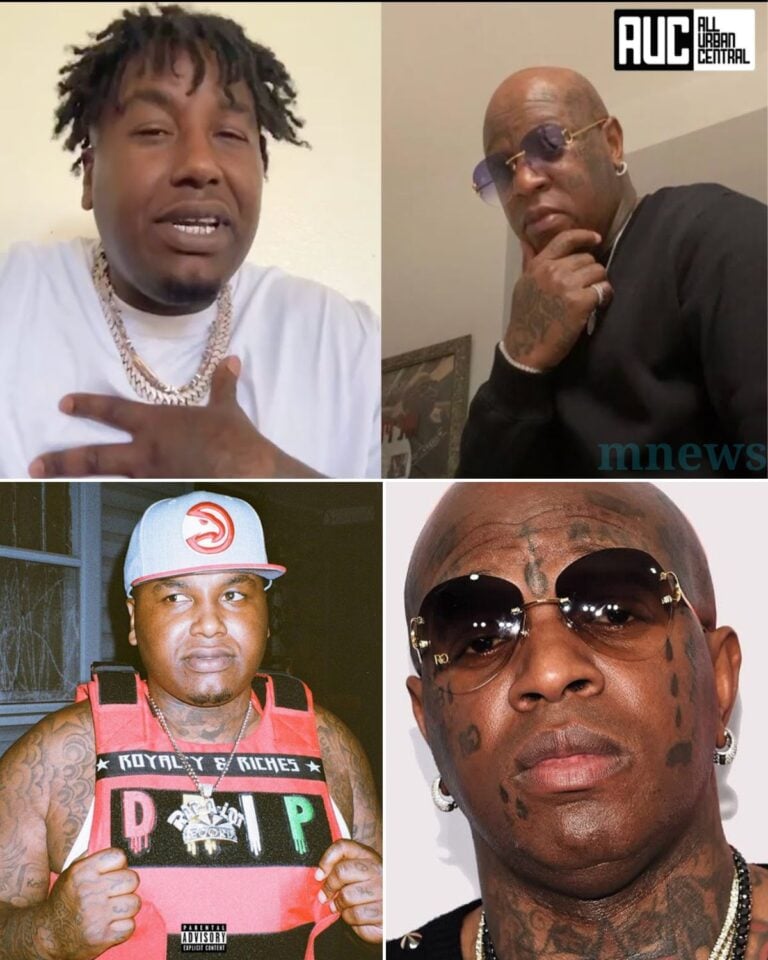When 29-year-old Grace Mbele went into labor in Pretoria, South Africa, doctors thought she was about to set a new record by giving birth to 10 babies at once.
Grace and her husband, Samuel, had tried for years to have a baby. After five failed fertility treatments, their sixth IVF attempt finally worked, but every ultrasound brought more surprises.

At first, doctors saw twins.
Then triplets.
Then seven babies.
By the seventh month, the ultrasound showed ten separate heartbeats.
The hospital got ready for the big day. They set up a special delivery room with ten incubators and gathered a team of twelve doctors and thirty nurses.
It was going to be a long night.
On the night of June 8, 2025, Grace went into labor naturally.
It lasted for nine long hours.
At 9:24 p.m., the first baby was born — a healthy girl.
Then more babies followed, boys and girls, all tiny but breathing.
Buy vitamins and supplements
By the time the ninth baby arrived, everyone was tired but overjoyed. The nurses were crying with happiness. One of them shouted, “She did it! Ten miracles!”
But when it was time for the tenth baby, the machines started beeping strangely.
Grace screamed in pain, and the joyful mood quickly turned into panic.
Something was coming — but it wasn’t a baby.
There was no crying, no movement — no sign of life.
At first, the nurses thought it was a stillbirth. But when the doctor carefully lifted it, everyone froze.
It wasn’t a baby.
Inside a thin, clear membrane was something almost human. It had small arms and legs, but its skin was rough, gray, and cold. It had the shape of a head but no face. The body looked joined together, with a strange web-like tissue connected to a thin cord still attached to Grace.
One nurse fainted. Another dropped her tools.
Dr. Luyanda, the head doctor, whispered, “This isn’t a baby. It’s something else.”
The room broke into panic.
Security rushed in and cleared everyone out. The strange object was sealed in a sterile container. Grace was given medicine to sleep and moved to the intensive care unit.

Rumors spread quickly through the hospital:
“Was it a deformed twin?”
“A medical mystery?”
“Something supernatural?”
The authorities tried to hide what happened, but by morning, a blurry photo was leaked online. It showed a nurse holding a small wrapped bundle with skin that seemed to shine faintly like metal.
The caption said: “The tenth baby… wasn’t a baby.”
The internet went wild.
Three days later, the government’s health department held a press conference.
Buy vitamins and supplements

Dr. Luyanda stood in front of cameras and nervous reporters. His voice was steady, but his eyes showed how shaken he was.
“We can confirm that Ms. Grace Mbele gave birth to nine healthy babies,” he said.
“However, the tenth sample is under testing. It doesn’t match the biological markers of a human fetus.”
That one statement changed everything.
The “tenth baby” was quickly sent to the National Biomedical Research Centre in Johannesburg, where scientists studied it for 24 hours.
What they found was shocking.
At first, it looked like a deformed 20-week-old fetus. But scans showed something strange — tiny metallic patterns under its skin, arranged in perfect symmetry.





